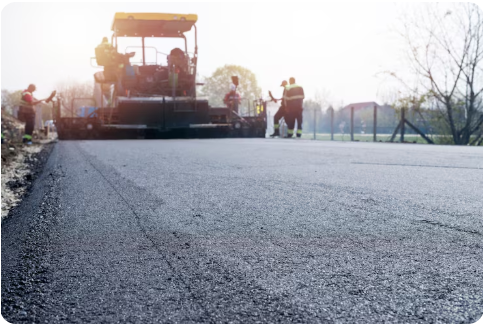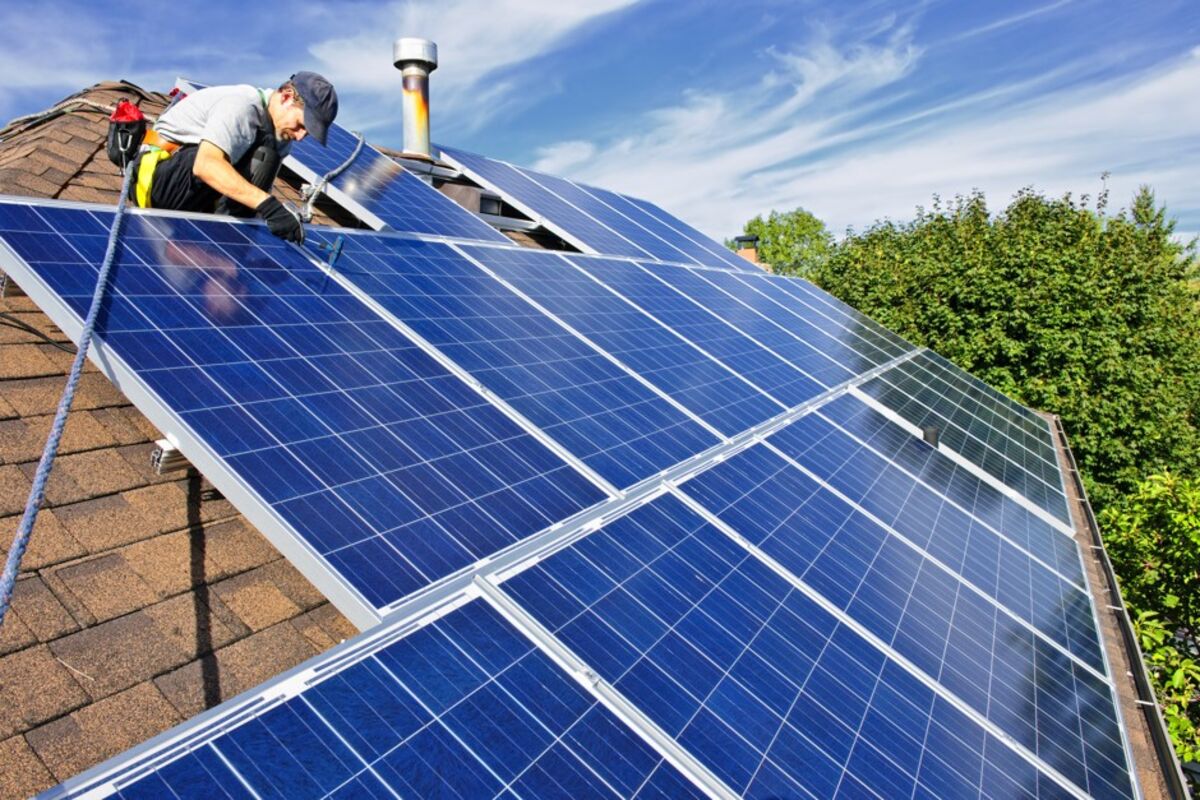Asphalt driveways and pathways are a significant investment that contribute both to a property’s functionality and its curb appeal.
While asphalt is durable, it is constantly exposed to harsh elements—UV rays, heavy traffic, water, and freezing temperatures—all of which contribute to its deterioration.
Ignoring basic maintenance can lead to premature cracking, crumbling, and costly replacement. However, with a consistent, proactive approach to care, the lifespan of residential asphalt can be substantially extended, ensuring safety, maintaining aesthetic quality, and maximizing the return on the initial paving investment.
Institute Regular Cleaning and Debris Removal
The most fundamental step in asphalt maintenance is routine cleaning. Leaves, dirt, and chemical spills should not be allowed to accumulate.
Organic debris retains moisture, which accelerates the degradation of the asphalt binder, and chemical spills, particularly oil and gasoline, can dissolve the asphalt, leading to soft spots and potholes. Regularly sweeping or washing the surface removes these corrosive agents.
For stubborn oil stains, use a mild detergent and stiff brush, ensuring the area is rinsed thoroughly afterward.
Managing Drainage to Prevent Water Damage
Water penetration is the number one enemy of asphalt. Poor drainage allows water to pool on the surface, weakening the sub-base and leading to cracks, which expand during freeze-thaw cycles. Ensure that gutters and downspouts direct water away from the asphalt surface.
If necessary, install drainage systems or landscape grading to prevent standing water. Addressing poor drainage proactively can prevent major structural failures in the asphalt that would require extensive repairs.
The Value of Professional Sealcoating Services
Applying a sealcoat is perhaps the single most important action you can take to protect your asphalt. Sealcoating services involve applying a protective layer, typically a coal-tar or asphalt emulsion, over the entire surface.
This barrier shields the pavement from the sun’s UV rays, which cause fading and brittleness, and provides resistance against chemical spills and water penetration.
Expert sealcoating services are typically recommended every two to four years, depending on the traffic volume and climate. This relatively low-cost process drastically slows down the aging process of the asphalt.
Addressing Damage Promptly with Residential Asphalt Paving Repair
Small cracks and minor damage should never be ignored, as they are entry points for water to reach and compromise the sub-base. Implementing residential asphalt paving repair immediately upon noticing damage is key to long-term preservation.
This typically involves filling cracks with specialized hot-pour crack fillers to create a watertight seal. For larger damaged sections, professional residential asphalt paving repair may involve cut-and-patch work, where the damaged area is removed and replaced with new hot asphalt mixture, blending seamlessly with the existing pavement.
Controlling Vehicle Weight and Turning Habits
The weight and movement of vehicles are major sources of stress on asphalt. While residential driveways are designed for standard vehicles, avoid parking heavy machinery or recreational vehicles on the surface for extended periods.
Furthermore, avoid sharp or excessive turning of the steering wheel while the vehicle is stationary (power steering scuffs), as this stresses the pavement and can cause minor surface displacement, especially in warmer weather.





